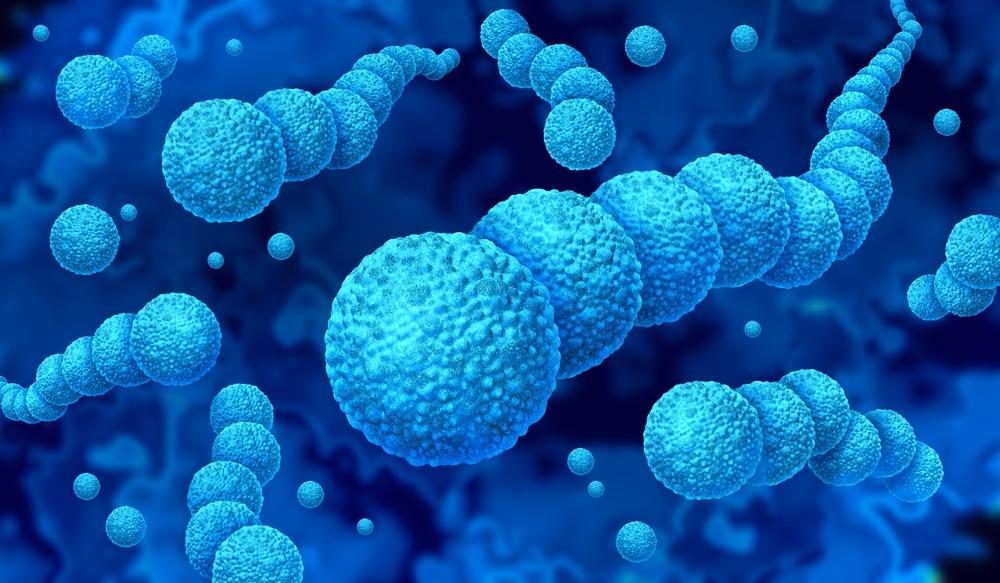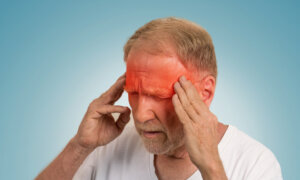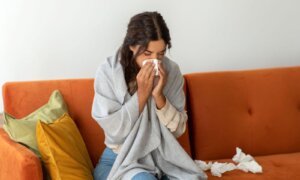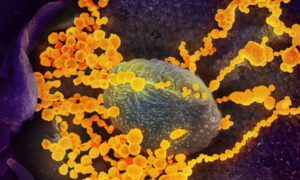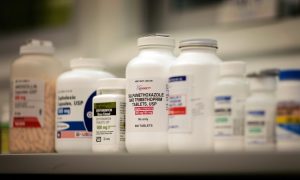As Japan sees a surge of international tourists during the summer holiday season, health officials are dealing with an outbreak of infections caused by what’s commonly known as “flesh-eating bacteria.” On the program “Health 1+1,” Xiaoxu Sean Lin, an American virology expert and microbiologist, discussed the symptoms, characteristics, and prevention methods for these types of infections.
The “flesh-eating bacteria” recently reported in the news actually refers to group A streptococcus, Lin said. In severe cases, this infection releases enzymes that dissolve muscle and connective tissues, hence its name. These severe cases can lead to conditions including streptococcal toxic shock syndrome (STSS), which has a mortality rate of up to 30 percent.
As of June 30, Japan has reported 1,144 cases of STSS this year, according to a report by the Japanese newspaper Yomiuri Shimbun. This is the highest number of cases in nearly 25 years. Government statistics show that, over the past five years, the annual number of STSS cases has typically been below 1,000. In 2019, there were 894 cases, which decreased to a low of 622 in 2021. However, the number rose again, with 941 cases reported in 2023.
The increase in group A streptococcal infections is linked to the COVID-19 pandemic, which has weakened the immune systems of many people, Lin said. With the easing of pandemic restrictions, people are now being re-exposed to a higher number of pathogens. Those with weaker immune systems are at a greater risk of developing severe infections from group A streptococcus bacteria.
Symptoms of Streptococcal Toxic Shock Syndrome
Early symptoms of STSS include:
- Fever and chills
- Muscle aches
- Nausea and vomiting
Severe symptoms may develop within 24 to 48 hours of initial infection, including:
- Low blood pressure
- Tachycardia (rapid heartbeat)
- Tachypnea (rapid breathing)
- Organ failure: Kidney failure may present as an inability to urinate, while liver failure can cause significant bleeding or bruising, and jaundice (yellowing of the skin and eyes).
STSS occurs when toxic proteins from group A streptococcus enter the bloodstream and trigger a systemic response, Lin said. These proteins can induce a cytokine storm, leading to widespread blood vessel dilation and a sudden drop in blood pressure. This can, in turn, result in shock and insufficient blood supply to various organs.
Once STSS develops, it can progress rapidly, causing severe symptoms and potentially leading to death. Early diagnosis and treatment are crucial, Lin said. The good news is that group A streptococcus has low antibiotic resistance, making many antibiotics effective.
Characteristics of Necrotizing Fasciitis
A severe condition that can result from a group A streptococcal infection is
necrotizing fasciitis. The fascia, which lies between the skin and muscles, serves to protect muscle tissue. If the bacteria enter through a skin wound, they can quickly spread along the fascia, according to Lin.
Patients with necrotizing fasciitis typically experience redness, swelling, and pain in the affected area. A more telling clinical sign is that even areas of skin without visible redness or swelling are painful to the touch, indicating that the bacterial infection is spreading rapidly and may soon lead to tissue necrosis.
Prompt treatment is critical for necrotizing fasciitis, Lin noted. If the tissue becomes necrotic, debridement (removing the affected tissue) is necessary. This procedure is painful and results in a long, difficult recovery with scarring. In severe cases, amputation may be required.
Treatment and Prevention Methods
Doctors primarily treat group A streptococcal infections with antibiotics like
penicillin and
clindamycin, Lin said. For more severe cases, he added, intravenous immunoglobulin may be used as an emergency treatment.
While antibiotics are the first line of defense, they are often insufficient on their own, and emergency surgery is required to remove necrotic tissue, according to Japan’s Ministry of Health, Labor and Welfare.
There is currently no vaccine available to effectively prevent group A streptococcal infections.
Young children, people over 50, and those with diabetes are considered high-risk groups due to their weaker immune systems, making them more susceptible to group A streptococcal infections, Lin said.
The risk of group A streptococcal infection increases with age.
Group A streptococcus is typically transmitted through respiratory droplets or direct contact with infected wounds, Lin said.
To prevent infection with this “flesh-eating bacteria,” he recommends the following measures:
- Maintain good hygiene: Wear masks and wash your hands frequently.
- Prioritize health: Get enough rest, eat a balanced diet, and strengthen your immune system.
- Protect open wounds: Avoid swimming in beaches or pools if you have skin wounds.
- Handle seafood safely: Consume only well-cooked seafood and wear gloves when handling shellfish to prevent cuts and reduce the risk of infection.
